Understanding your bearded dragon’s poop might not be the most glamorous aspect of pet ownership, but it’s one of the most important windows into their health. As responsible beardie parents, monitoring waste can provide early warning signs of potential health issues or confirmation that your scaly friend is thriving. Many first-time owners find themselves unsure about what constitutes normal elimination patterns and when they should be concerned. This comprehensive guide will walk you through everything you need to know about bearded dragon droppings—from healthy appearances to troubling signs that warrant veterinary attention.
The Basics of Bearded Dragon Digestion
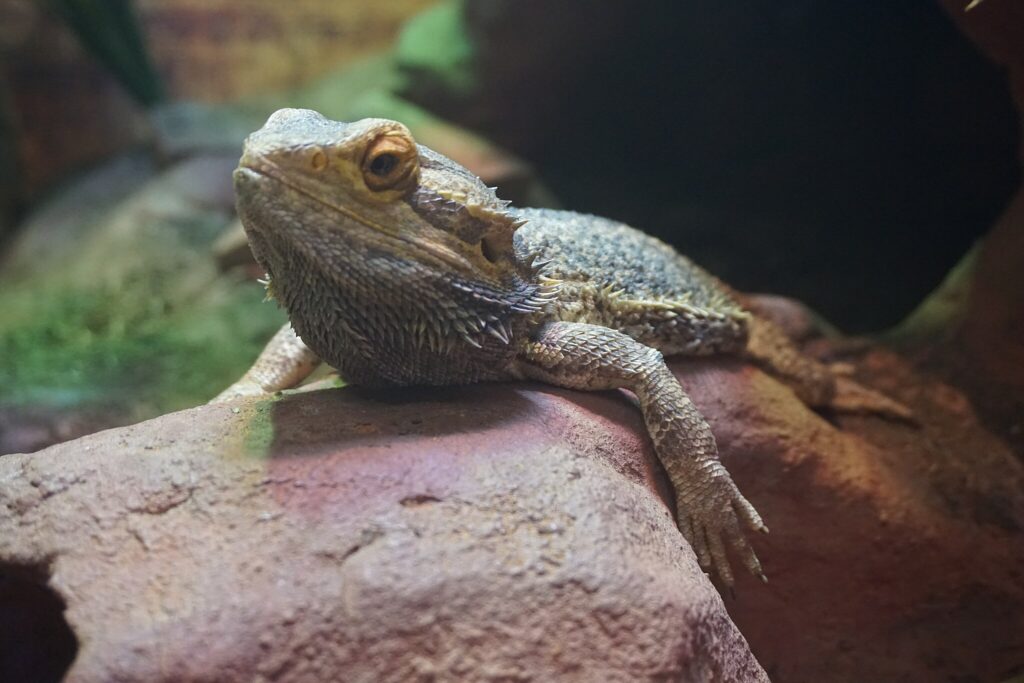
Bearded dragons have a relatively simple digestive system that processes food differently than mammals. Food travels from the mouth through the esophagus into the stomach, where initial digestion occurs with the help of acids and enzymes. From there, partially digested food moves to the intestines, where nutrients are absorbed into the bloodstream. The remaining waste collects in the cloaca—a common chamber for both digestive and reproductive systems—before being expelled. This entire digestive process typically takes between 24-72 hours in healthy bearded dragons, depending on age, temperature, and diet. Understanding this basic process helps explain why your beardie’s bathroom habits are directly influenced by their eating patterns and environmental conditions.
What Normal Bearded Dragon Poop Looks Like
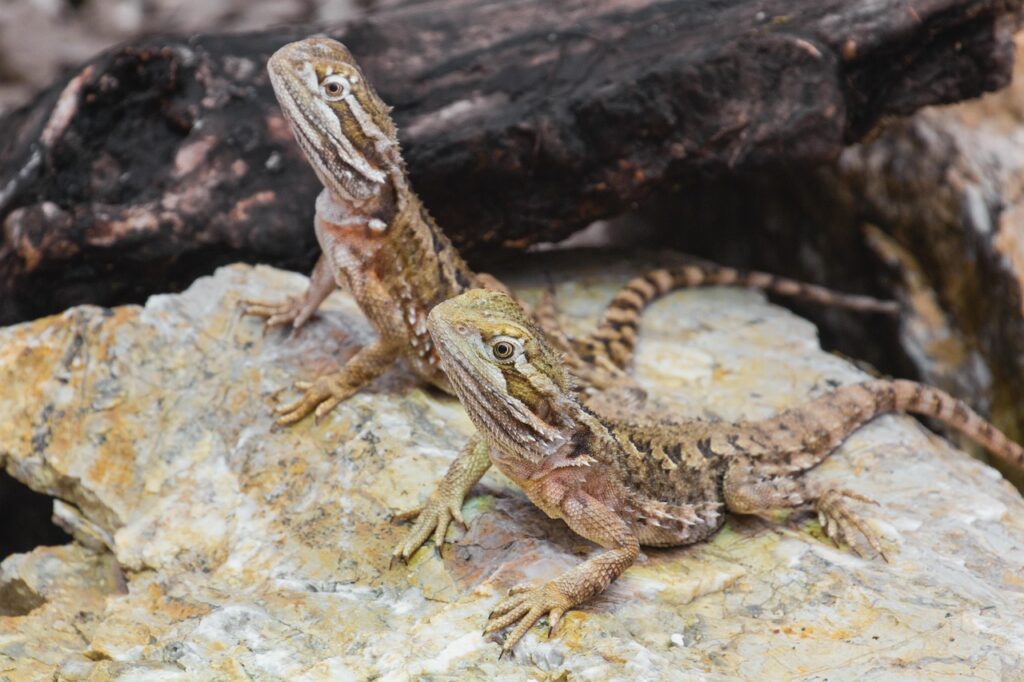
Healthy bearded dragon droppings typically consist of three distinct parts: a solid brown or dark green fecal portion, a chalky white or yellowish urate portion, and occasionally a small amount of clear urine. The fecal matter should be well-formed, firm but not hard, and roughly the size proportionate to your dragon’s size and recent meals. The urate (the white part) represents processed protein waste and minerals, similar to the way mammals produce urine, but in a more solid form to conserve water. Fresh, normal droppings should have minimal odor, though some smell is natural. A consistent pattern of droppings with these characteristics generally indicates good digestive health in your pet.
How Often Should Bearded Dragons Poop?
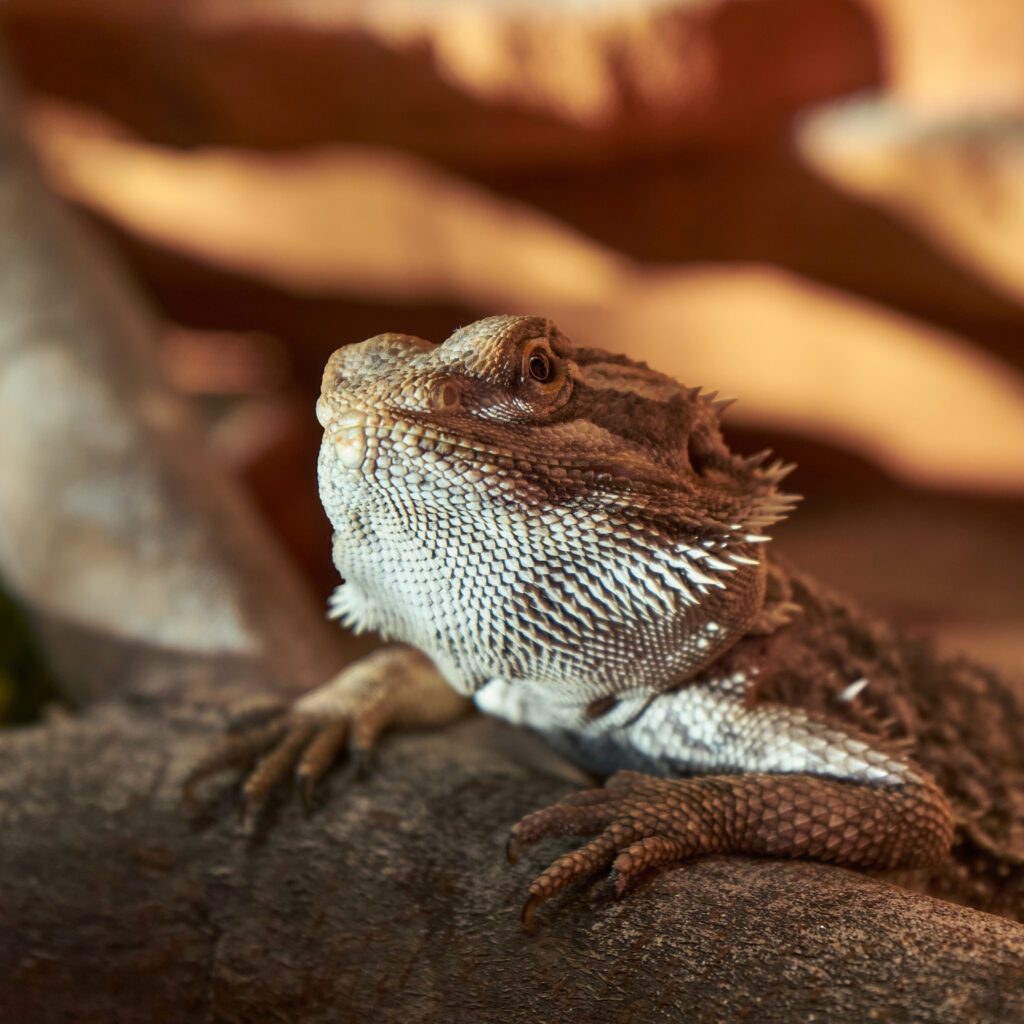
Defecation frequency varies significantly with age, diet, and individual dragon differences. Baby bearded dragons typically poop 1-3 times daily due to their rapid metabolism and frequent feeding schedule. Juveniles usually eliminate once daily or every other day as their growth rate begins to stabilize. Adult bearded dragons typically defecate less frequently, ranging from every 1-7 days, with 2-3 times per week being average for many healthy adults. During brumation (a hibernation-like state), dragons may not defecate for weeks, which is normal as long as they resume regular patterns after becoming active again. Any dramatic change in frequency that doesn’t correlate with a life stage transition or seasonal behavior warrants attention.
The Impact of Diet on Poop Appearance
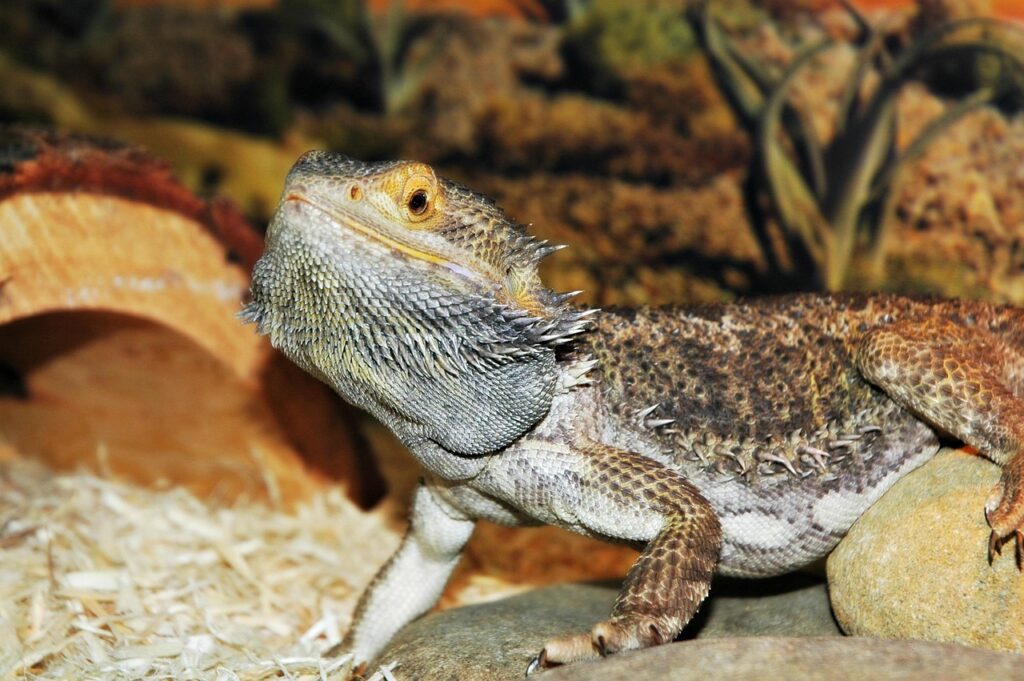
What goes in dramatically affects what comes out in bearded dragons. A diet high in leafy greens often produces darker green feces, while fruit-heavy diets may create looser stools with visible fruit pieces and sometimes brighter coloration reflecting the consumed fruits. Protein sources like insects will typically create browner, more solid waste with a stronger odor. After feeding your dragon red foods like bell peppers or strawberries, you might notice reddish tints in their waste, which is perfectly normal. Sudden dietary changes can temporarily alter stool consistency, which is why gradual transitions to new foods are recommended. Maintaining a balanced diet with appropriate ratios of vegetables, fruits, and protein sources helps promote consistently healthy waste production.
Hydration and Its Effect on Bearded Dragon Waste

Proper hydration plays a crucial role in healthy waste elimination for bearded dragons. Well-hydrated dragons typically produce moist, well-formed stools and white to pale yellow urates. Dehydration often manifests as hard, dry fecal matter and dark yellow or orange urates, which indicate concentrated waste products. Severely dehydrated dragons may struggle to pass waste at all, leading to impaction risks. In contrast, excessive hydration or dietary water content might result in unusually watery stools, though true diarrhea is typically a sign of illness rather than overhydration. Regular bathing, properly misted fresh vegetables, and access to fresh water can help maintain optimal hydration levels for healthy waste production.
Understanding Urates: The White Part of Dragon Poop

Urates are a critical component of bearded dragon waste and provide valuable insights into your pet’s health status. These white or yellowish chalky deposits represent concentrated urine and contain excess minerals and protein waste that the body eliminates. In healthy dragons, urates should be predominately white to pale yellow and semi-solid in consistency, similar to toothpaste. Yellow or slightly orange urates occasionally appear after protein-rich meals and aren’t always concerning. However, consistently dark yellow, orange, or green urates can indicate dehydration, possible organ issues, or other health problems. The ratio of urate to fecal matter can vary, but extremely large urates with minimal feces might suggest inadequate food intake while maintaining normal hydration.
Signs of Digestive Problems in Bearded Dragon Poop

Abnormal droppings often provide the first indication of digestive distress in bearded dragons. Diarrhea, characterized by watery or extremely loose stools, frequently signals parasitic infections, bacterial imbalances, or improper diet. Constipation presents as infrequent, unusually small, or extremely hard droppings, potentially indicating impaction, dehydration, or low environmental temperatures. Undigested food particles (beyond occasional visible insect exoskeletons) might suggest rapid intestinal transit or malabsorption issues. Strong, foul odors beyond the typical mild smell could indicate bacterial overgrowth or infection. Mucus-covered stools often point to intestinal inflammation or infection, requiring prompt veterinary assessment. Changes in consistency that persist for more than two consecutive bowel movements warrant close monitoring and potentially veterinary consultation.
Concerning Colors: When to Worry About Poop Color
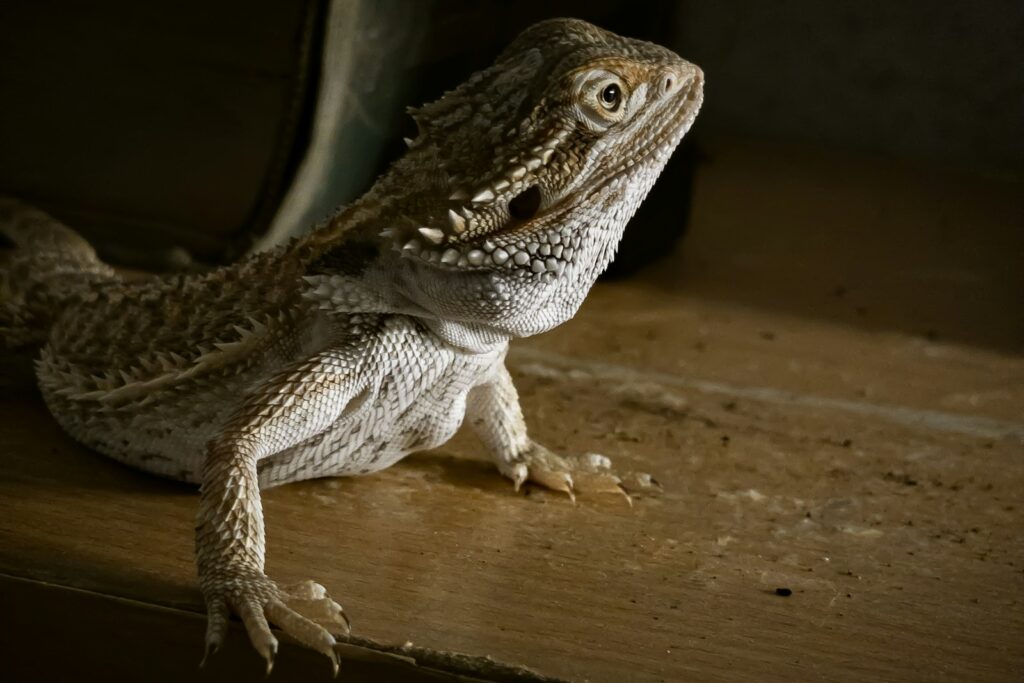
While bearded dragon poop naturally varies in color based on diet, certain colorations raise red flags about potential health issues. Black, tarry feces may indicate upper gastrointestinal bleeding and constitute a veterinary emergency. Bright or dark red streaks might signal lower intestinal bleeding, inflammation, or tissue damage. Yellow, greasy-looking stools can result from liver dysfunction or fat malabsorption. Gray or extremely pale feces sometimes indicate bile duct issues or pancreatic insufficiency. Pure white feces (different from normal urates) might suggest severe digestive disruption. While temporary color changes following specific foods are normal, persistent abnormal coloration unrelated to recent meals requires professional evaluation to rule out serious conditions affecting the digestive tract or other organ systems.
Parasite Detection Through Fecal Examination
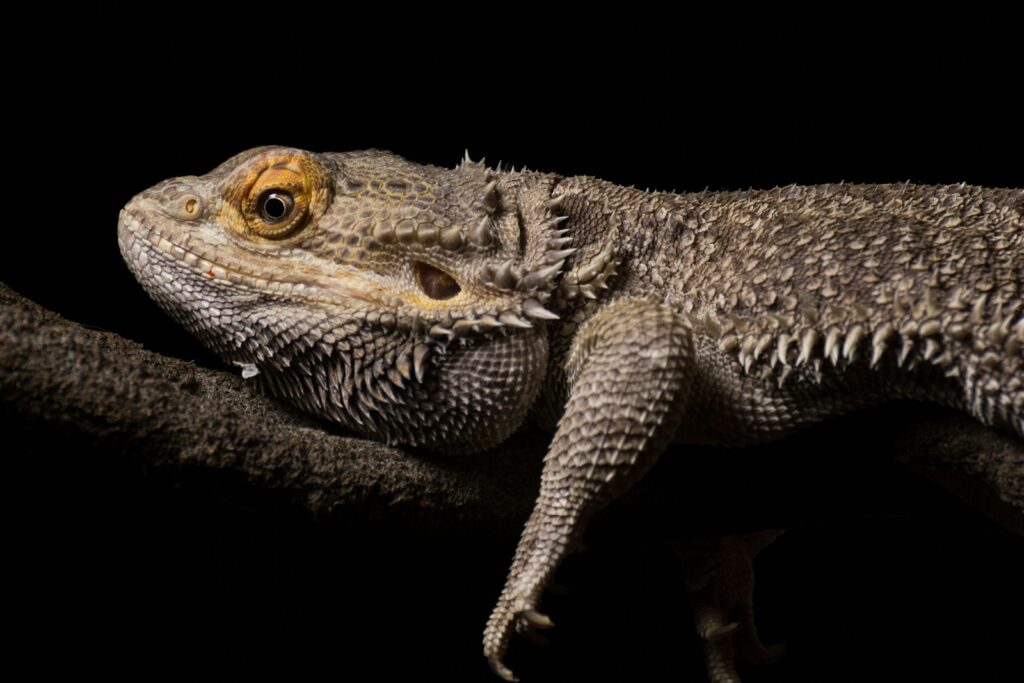
Parasitic infections often manifest through visible changes in bearded dragon waste before other symptoms appear. Worms might be visible as small, thread-like structures moving within fresh feces or appearing as white specks or segments. Protozoan parasites like coccidia or giardia typically cause recurring diarrhea, mucus in stool, or uncharacteristic odor without visible parasites. Some owners report seeing small, rice-like segments that could indicate tapeworm infections. Regular fecal testing by reptile veterinarians remains the gold standard for parasite detection, as many problematic organisms remain microscopic. Veterinarians recommend annual fecal exams for seemingly healthy dragons and immediate testing when abnormal droppings occur. Early parasite detection and treatment prevent nutritional deficiencies, weight loss, and more severe complications that can develop when infections persist.
Impaction: When Your Dragon Can’t Poop
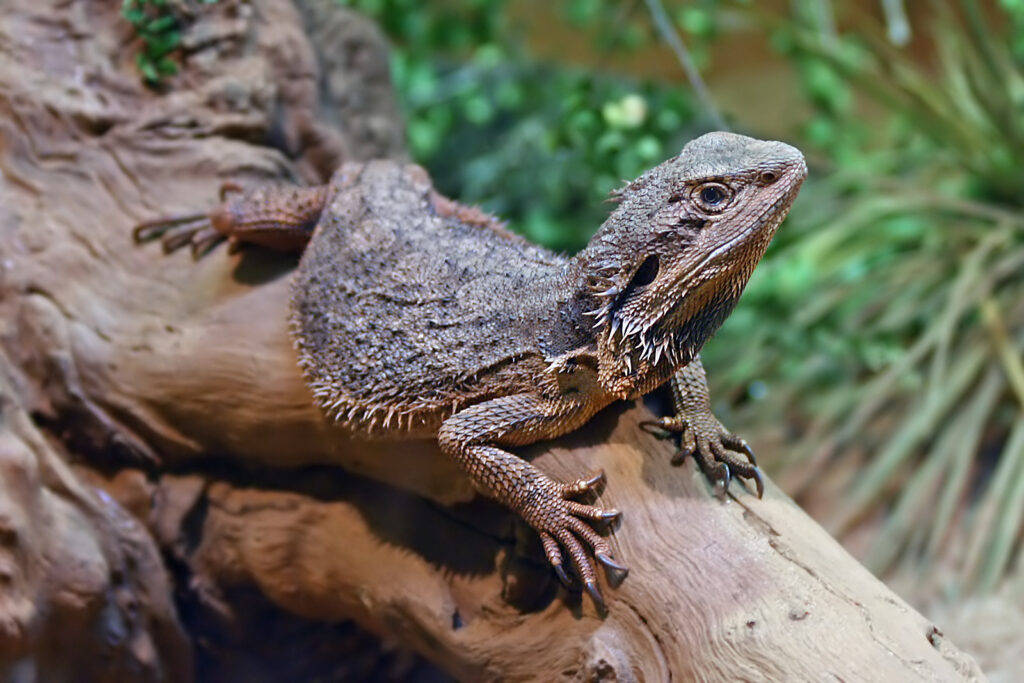
Impaction—intestinal blockage preventing normal defecation—represents one of the most serious digestive emergencies for bearded dragons. Early signs include straining during attempted defecation, reduced appetite, unusual posturing, and partial prolapses where tissue partially extends from the cloaca. As impaction progresses, dragons may display abdominal swelling, lethargy, hind limb weakness, and complete cessation of bowel movements. Common causes include inappropriate substrate ingestion (particularly sand or small particles), consuming prey too large for proper digestion, dehydration, and inadequate basking temperatures that slow digestive function. Mild impactions sometimes resolve with warm baths, gentle abdomen massage, increased hydration, and proper temperature management. However, severe or persistent impactions require immediate veterinary intervention, as they can quickly become life-threatening through tissue damage, bacterial translocation, and systemic infection.
Diarrhea Causes and Management
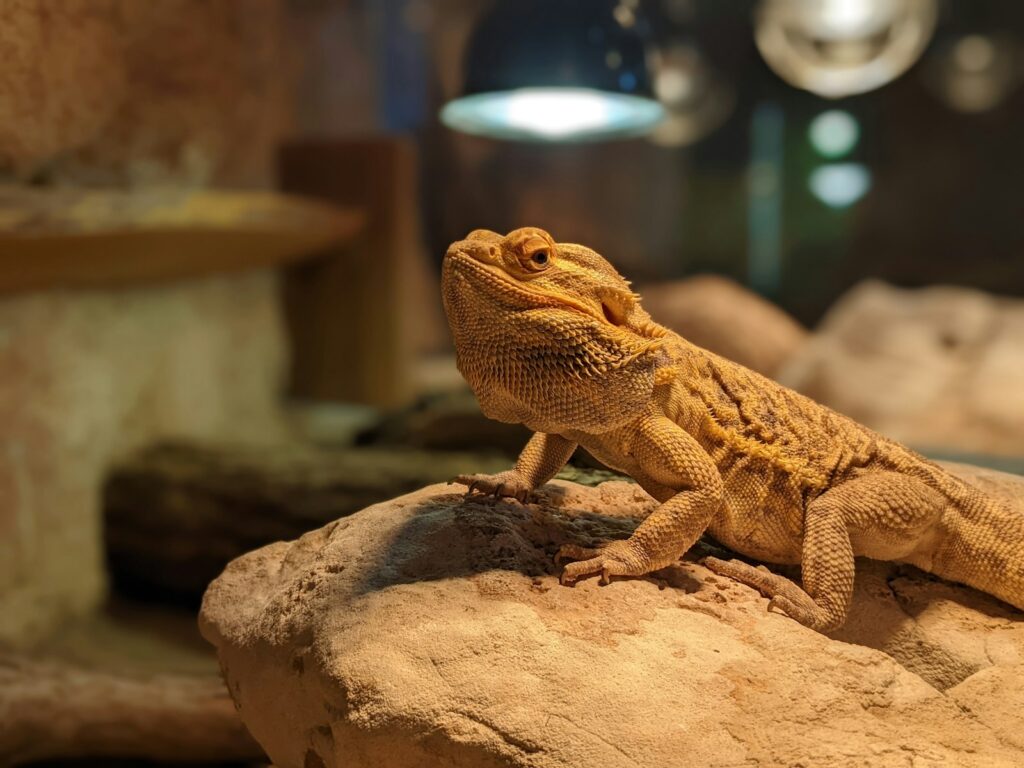
Diarrhea in bearded dragons requires prompt attention as it can lead to dangerous dehydration and electrolyte imbalances. Common causes include parasitic infections, bacterial overgrowth, dietary indiscretions (especially excess fruit or inappropriate foods), stress, and occasionally more serious conditions like inflammatory bowel disease. Management begins with identifying and addressing the underlying cause, which often requires veterinary diagnosis through fecal examination and possibly other tests. Supportive care includes maintaining proper hydration through regular warm baths and ensuring optimal enclosure temperatures to support immune function. Dietary modifications typically involve temporarily simplifying the diet to easily digestible options like squash and removing high-moisture fruits until stools normalize. Veterinarian-prescribed medications may include anti-parasitic treatments, probiotics to restore gut flora, or antibiotics for bacterial infections, depending on the specific diagnosis.
How to Collect and Store Fecal Samples
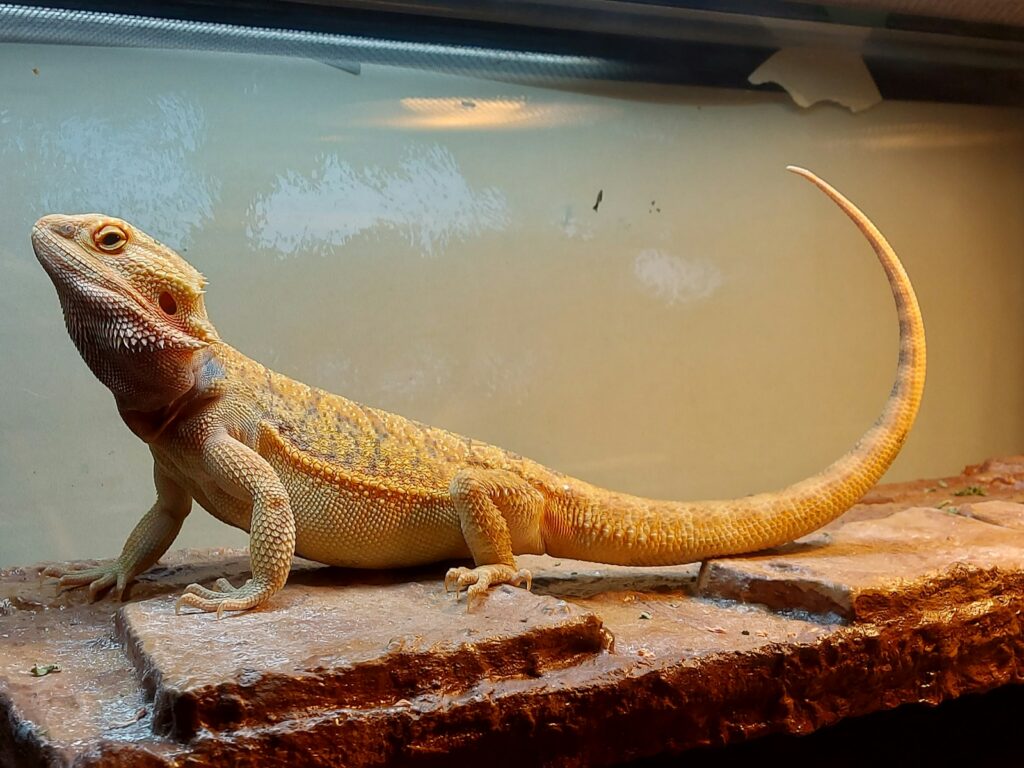
Proper collection and storage of bearded dragon fecal samples maximizes diagnostic value for veterinary testing. Collect samples using clean, non-absorbent tools like plastic spoons or tongue depressors, avoiding substrate contamination which can interfere with analysis. The ideal sample includes both the fecal portion and urates, particularly when checking for parasites that might concentrate in different waste components. Place samples in clean, sealable containers like plastic bags or small specimen cups labeled with your dragon’s name and collection date/time. Fresh samples yield the most accurate results, but if immediate veterinary examination isn’t possible, refrigeration (not freezing) can preserve most diagnostic characteristics for 24-48 hours. For comprehensive testing, collect samples from multiple defecations over 2-3 days when possible, as parasite shedding can be intermittent and easily missed in single samples.
Maintaining Optimal Digestive Health in Bearded Dragons
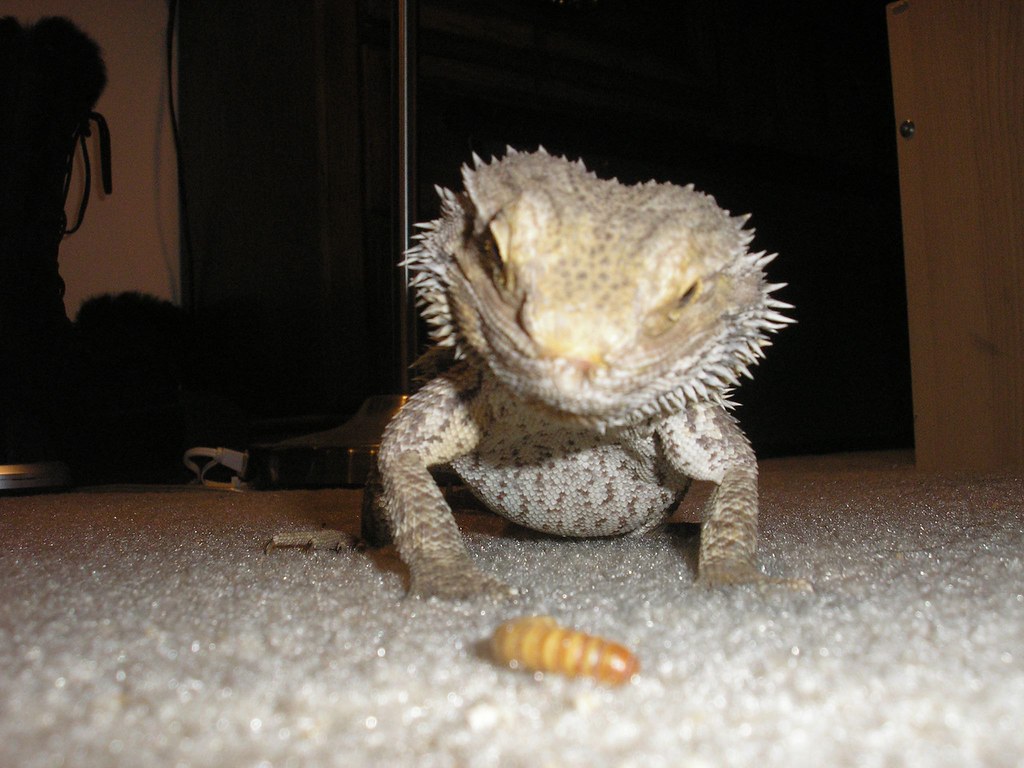
Proactive measures can significantly reduce digestive problems and promote healthy elimination in bearded dragons. Maintaining proper temperature gradients with basking spots of 95-105°F (35-40.5°C) for adults ensures efficient digestion and metabolism. Offering a varied diet with appropriate insect-to-plant ratios for your dragon’s age provides necessary nutrients while preventing constipation or diarrhea from imbalanced food intake. Hydration support through regular shallow baths, properly misted fresh vegetables, and occasional direct water droplets helps maintain adequate fluid levels for proper waste formation. Using safe substrates like reptile carpet, tile, or non-particulate options eliminates impaction risks from accidental ingestion. Regular veterinary check-ups including fecal parasite screening can catch potential issues before they become serious health concerns. Implementing these preventative strategies creates an environment where your bearded dragon can maintain optimal digestive function throughout their lifespan.
When to Seek Veterinary Care

While minor variations in bearded dragon waste are normal, certain situations demand professional veterinary assessment without delay. Prolonged absence of defecation (beyond 7-10 days for adults not in brumation) may indicate impaction or other serious digestive blockages. Blood in the stool, whether bright red or dark and tarry, always warrants immediate medical attention. Persistent diarrhea lasting more than 48 hours risks dangerous dehydration and suggests underlying illness requiring diagnosis. Straining to defecate without producing waste, especially when accompanied by lethargy or appetite loss, often signals impaction requiring intervention. Dramatic changes in stool color, consistency, or frequency that don’t correspond with dietary changes should be evaluated professionally. Remember that reptiles naturally hide illness until advanced stages, making proactive veterinary care essential when these warning signs appear.
Monitoring your bearded dragon’s waste might not be the most glamorous part of reptile ownership, but it provides invaluable insights into their overall health status. By understanding what constitutes normal appearance, frequency, and composition of bearded dragon poop, you can quickly identify potential problems before they become serious health crises. Remember that individual variations exist among healthy dragons, so establishing what’s normal for your specific pet creates the most reliable baseline for future comparisons. When concerning changes occur, don’t hesitate to consult with a reptile-experienced veterinarian who can provide proper diagnosis and treatment. With attentive observation and appropriate care, you’ll help ensure your bearded dragon maintains optimal digestive health throughout their life—contributing significantly to their overall wellbeing and longevity.

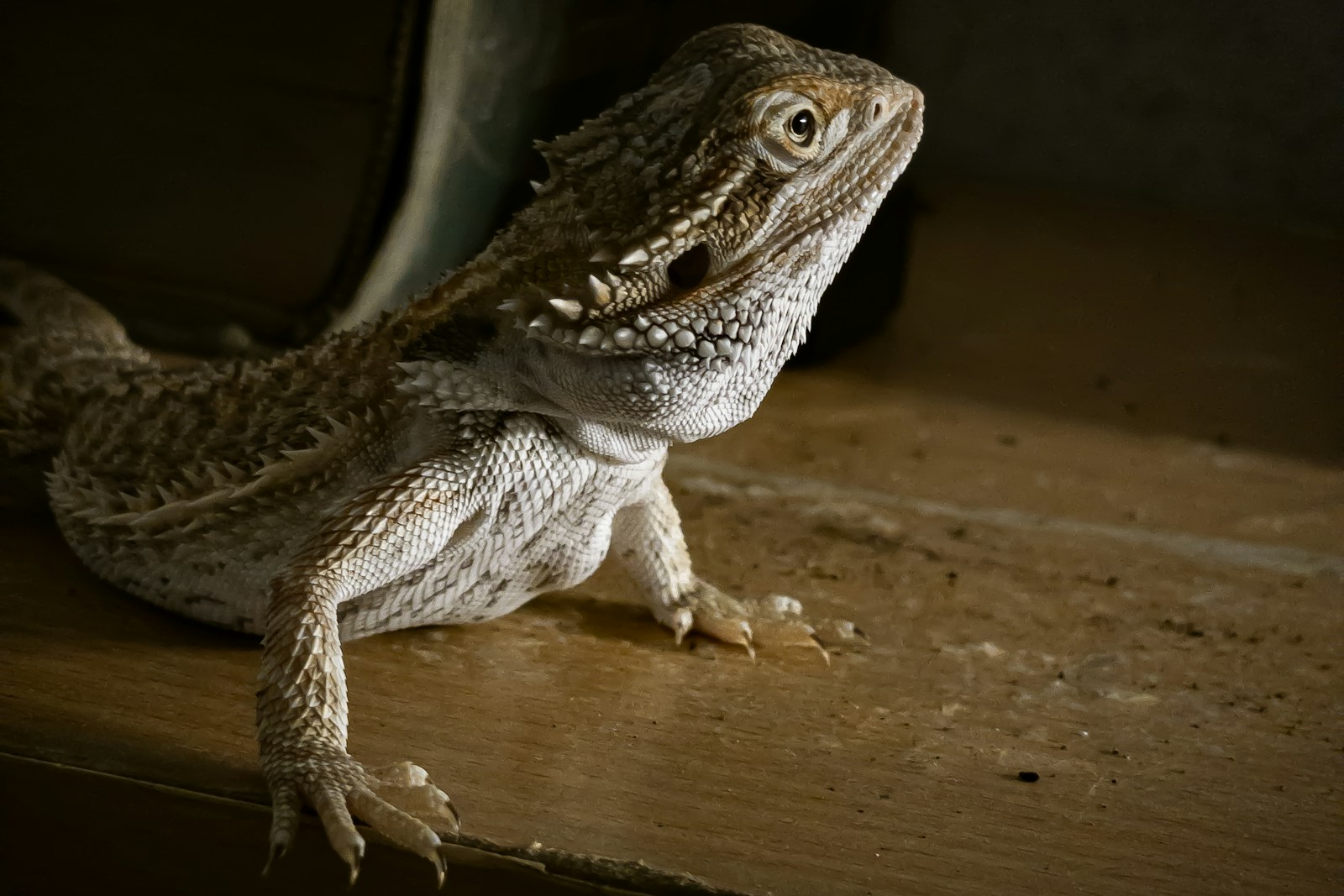


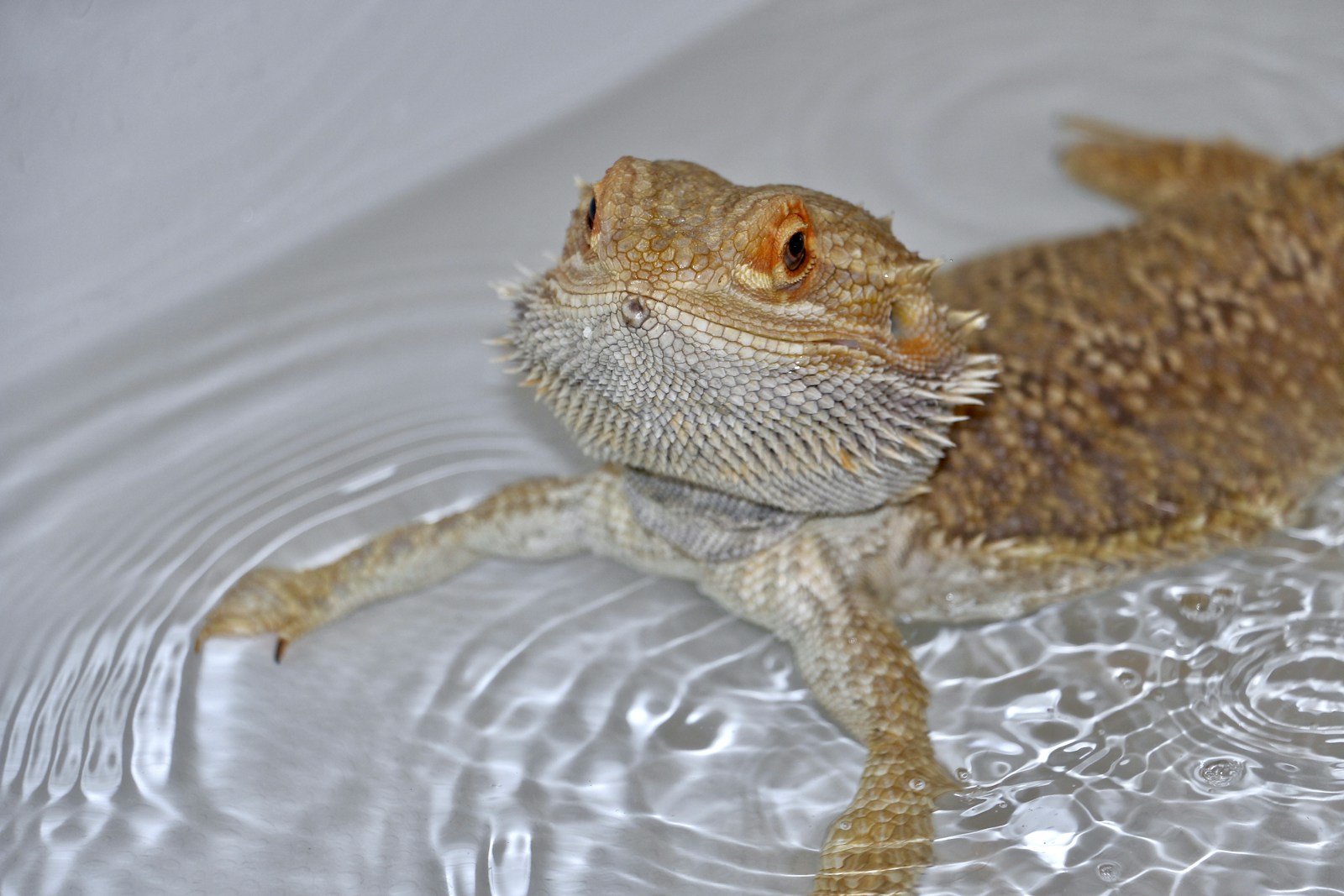
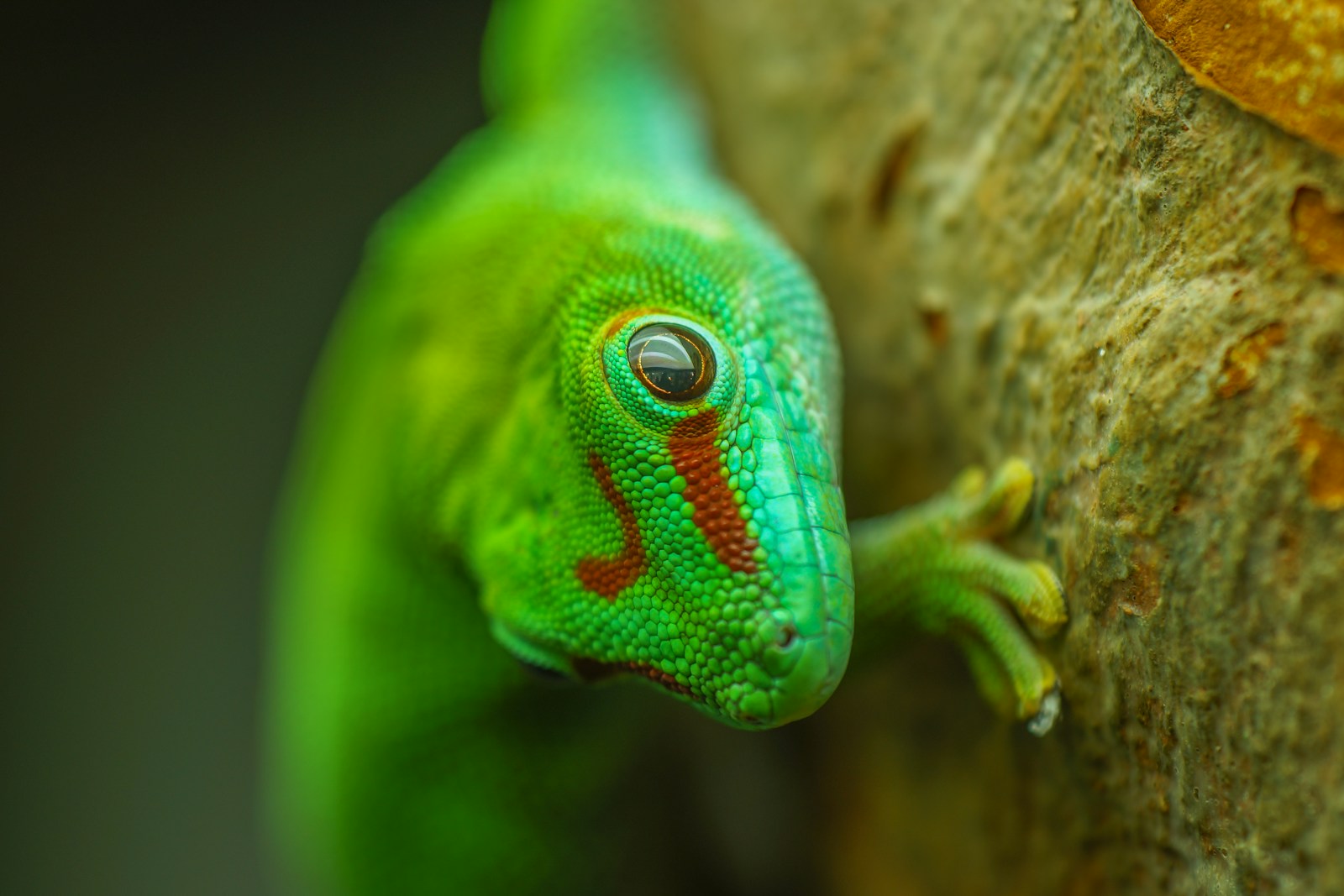

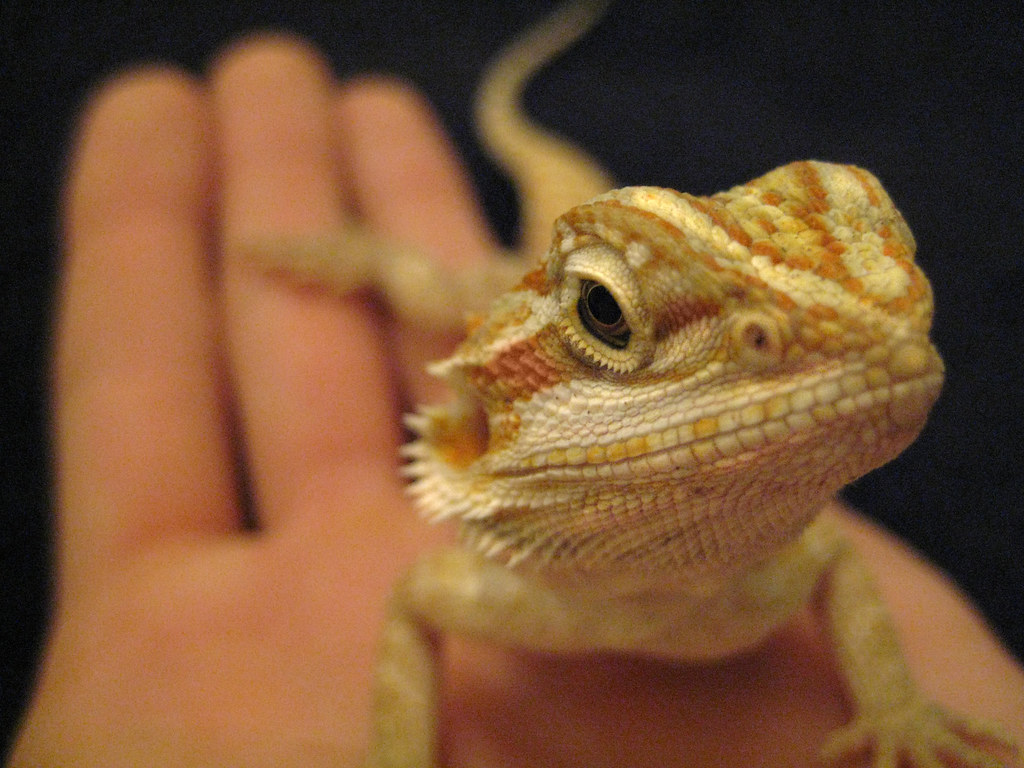
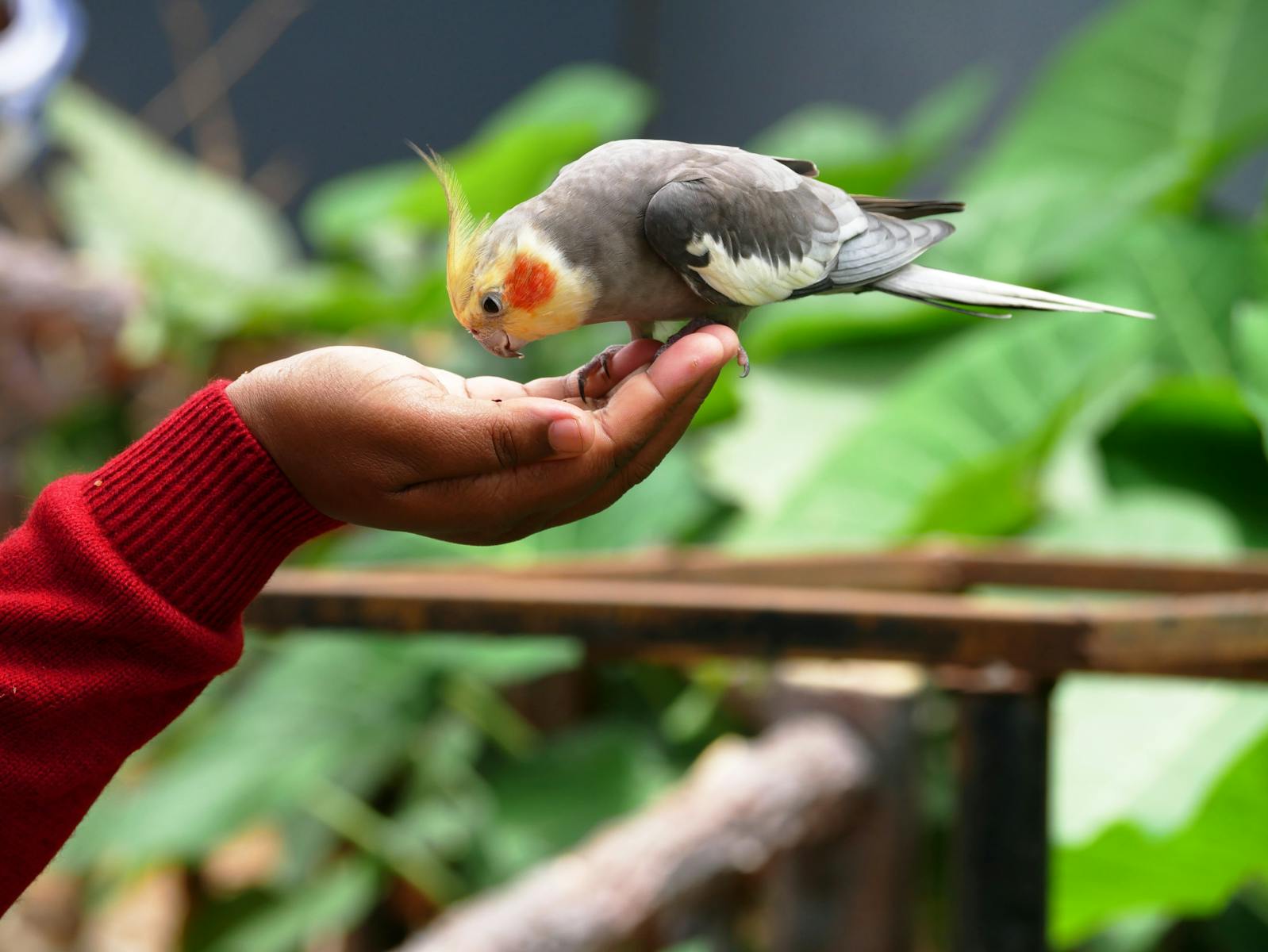

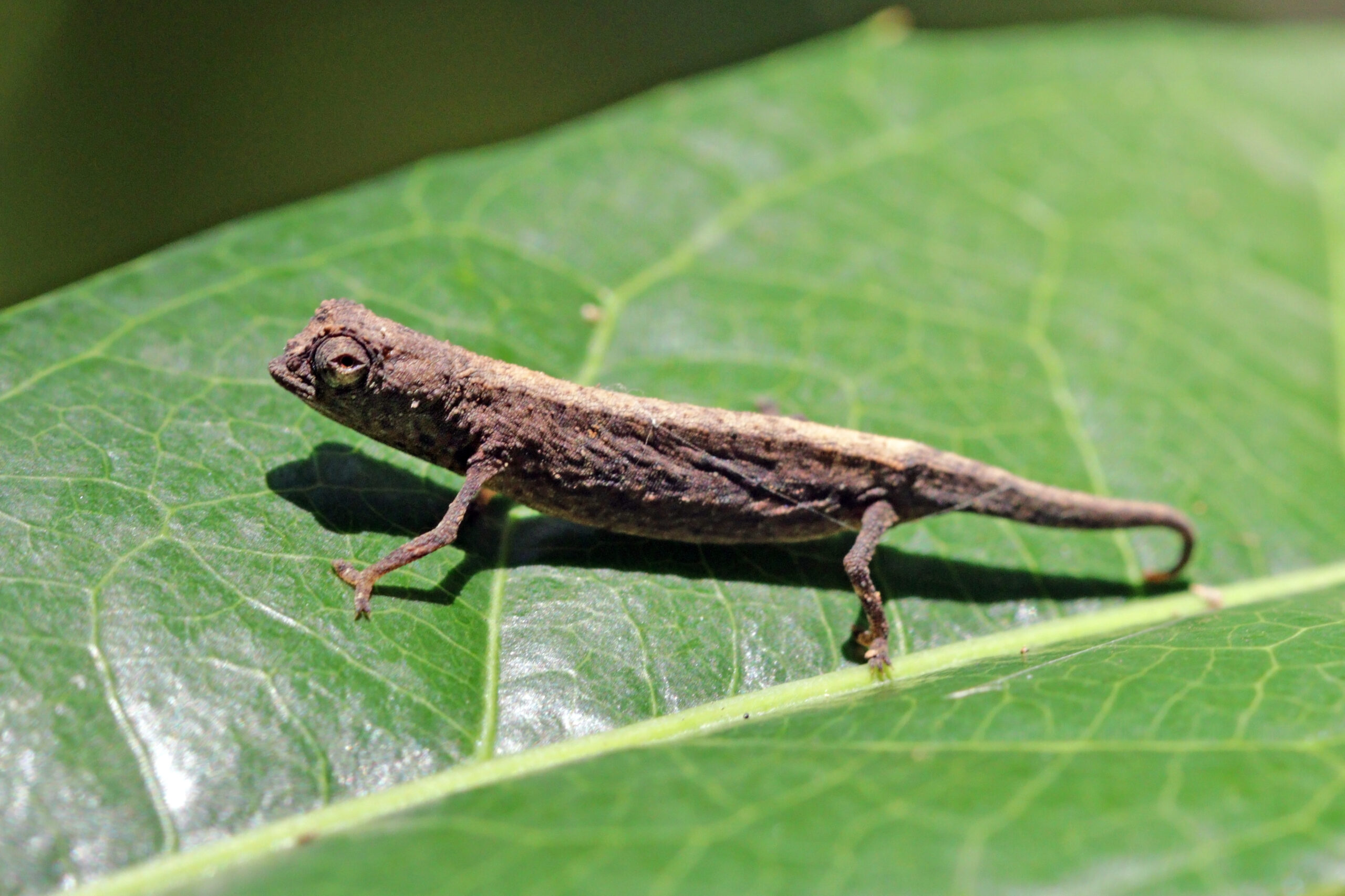





Leave a Reply